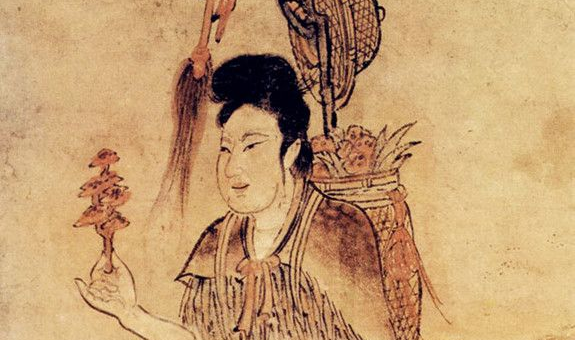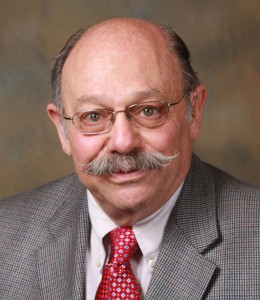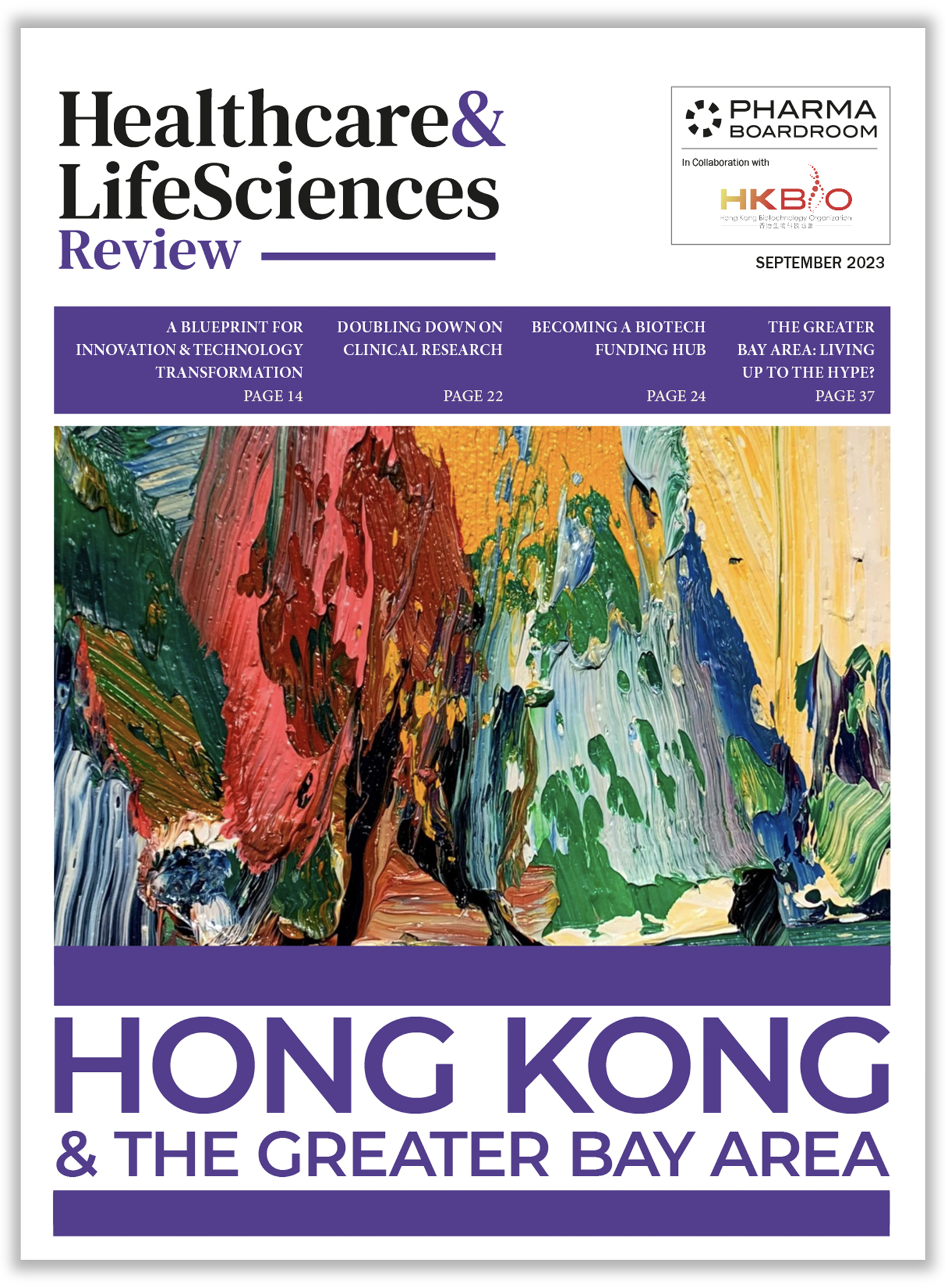David Bearman makes the historical case to be once again considered as a medicine across the USA, noting that economic – rather than health – concerns were behind the creation of the Marijuana Tax Act of 1937 and continue to persist to this day.
With all this history, why aren’t we treating cannabis as the medicine it is?
Until the 1880s, hemp/cannabis was the most profitable agricultural crop in the world and had been for over 1000 years. Hemp, cannabis and marijuana are all the same botanical plant, as discovered by the late Harvard ethnobotanist Dr Richard E Schultes.
Cannabis is a medicine and has been for at least 4,000 years. It appears in every major materia medica ever written, starting with the Shennong Ben Cao Jing (‘The Classic of Herbal Medicine’) in 2637 BC and was included in the United States Pharmacopeia (USP) from 1854-1942. In the 1920s American physicians wrote three million cannabis-containing prescriptions per year.
In the first third of the 20th century, both cannabis and hemp were widely available in the US. Physicians were writing millions of cannabis-containing prescriptions a year and there were more than 25 over-the-counter medicines containing cannabis available in every pharmacy in the country. In fact, after the Pure Food and Drug Act of 1906, every patent medicine which contained cannabis as an ingredient was on the product label. This was required by law and these labels were approved by the FDA. We began to see something odd in the first third of the twentieth century related to nomenclature or taxonomy. If you called hemp ‘marijuana’ it was illegal in over 50 percent of the states but when the same material was called cannabis and/or hemp, it was widely available as a food, a paint ingredient, a fibre, for making newsprint, and for use as a medicine.
In 1937 the Marijuana Tax Act was debated before the House Ways and Means Committee. The American Medical Association (AMA) chief legal counsel, William C. Woodward, MD, a doctor, attorney, and past president of the American Public Health Association (APHA), testified before Congress against the Marijuana Tax Act (MTA) saying, “the AMA knows of no dangers from the medical use of cannabis.” He also testified that the AMA almost didn’t make it to the hearing because they knew the medicine as cannabis, not marijuana. Dr Woodward admonished Congress that even if they passed the law over the AMA’s objection, they should call it the Cannabis Tax Act so that the American public knew what Congress was talking about.
So, with all this history of the therapeutic use of cannabis, why aren’t we treating cannabis as the medicine it is? In brief, it is largely because of the economic competition that hemp posed to many major US industries. The late Jack Herrer pointed out in his 1985 work ‘The Emperor Wears No Clothes’ that cannabis has over 25,000 uses. These include fibre, synthetic fibre, food, fuel, construction material, paper, birdseed, and paint, as well as medicine.
Harvesting and industrial preparation became less labour-intensive due to a modern and improved harvesting device called a Decorticator. This made hemp a strong economic competitor for many industries. Cannabis is many things – a neutraceutical, a herbal medicine, a food, a fibre, an oil, and a building material. It is the multiplicity of uses that brought economic forces to bear to pass the MTA. The circumstantial evidence surrounding the MTA strongly implicates Lamont Dupont of Dupont Corporation in playing a pivotal role in the MTA.
Not only did hemp threaten numerous Dupont products, including nylon, rayon, tetraethyl lead, and sulfites (used for making paper) but Dupont was the largest shareholder in General Motors. Dupont was concerned about a prototype car developed by Ford that had a hemp-infused acrylic body, hemp upholstery and ran on hemp ethanol. The MTA was carried out by Congressman Robert L. Doughton (D) North Carolina, who frequently carried legislation for Dupont. This economic motive is underscored by the 1938 Popular Mechanics article touting hemp as the next billion-dollar crop.
As late as 1938 the Food, Cosmetic and Drug Act grandfathered in all drugs then on the market and exempted them from being tested by the FDA for safety, and allowed them to remain on the market without any testing. This, of course, included cannabis. Aspirin, for instance, has never been required to be FDA approved because of this 1938 law. Some critics contend that in today’s regulatory climate, aspirin could not gain FDA approval.
Sadly, state legislatures in many states are treating one of the oldest medicines known to man as though it was just discovered, not like a 4,000-year-old medicine endorsed by physicians and healers throughout the ages and successfully used by millions of people. So, what does treating cannabis as the therapeutic substance it is, mean? It means that no special rules are needed for a dispensary. Any licensed pharmacy should be able to compound and dispense cannabis as they did from 1854-1942. If a store owner only wants to stock cannabis or cannabis along with other herbal medicines, that is up to their business model. A pharmacy dispensing cannabis would, like all other pharmacies, require a pharmacist to have a major role in dispensing and compounding medication containing cannabis. This is just as they did from 1854-1942.
In addition to prescription cannabis, cannabis should once again be available as an over-the-counter (OTC) product. This was the case for over 70 years without concern from anyone, not least the AMA. These modern-day OTC products should follow the Pure Food and Drug Act of 1906 and be clearly labelled with their ingredients. Cannabis products labels should list the content and concentrations of such constituents as THC, THCA, CBD, CBDA, CBN, CBG and CBD. Should the product contain any or all of these cannabinoids, the labels should say so. It also would be useful to list important terpenes such as beta-caryophylene, limonene, myrcene, pinene, linalool and the like.
Paradoxically at the same time, we have appropriate testing and safety regulations for commercial cannabis products, we need to honour our American heritage of rugged individualism and allow for homegrown hemp/cannabis. After all, cannabis is a vegetable, like tomatoes or hops. If grown for personal use, not for sale as a commercial product, cannabis should be treated with the same regulations as tomatoes.
As we roll back 75 years of policy dictated more by the petrochemical industry than by organized medicine, we would be well advised to promote research on the medicinal utility of cannabis, cannabinoids and terpenes, including double-blind studies on the many therapeutic applications that experience and/or basic science research has shown cannabis to have. These include cannabis’ utility as an analgesic, anti-inflammatory, anti-epileptic, anti-proliferative, anti-anxiety medication. Basic science and anecdotal reports abound, demonstrating cannabis’ usefulness in treating PTSD, ADD/ADHD, autism, autoimmune conditions, and many other conditions.
Cannabis has been proven safe over millennia. Not only do we have the word of Dr Woodward, but we have a 1988 finding by the DEA’s Chief Administrative Law Judge. After a two-year rescheduling hearing, Judge Francis Young not only recommended rescheduling cannabis but also in his Finding of Fact found cannabis to be one of the safest therapeutic agents known to man. Lastly, tincture of cannabis (Nabixamol) a whole plant alcohol tincture 1:1 THC:CBD ratio, is legal to prescribe in 24 countries. The United States is not one of them.



